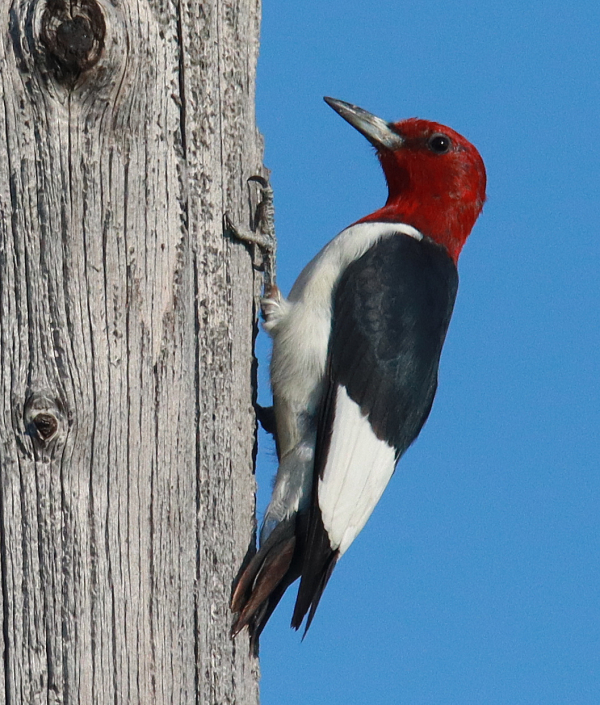 While photographing this Red-headed Woodpecker, a second adult flew in and landed on the opposite side of the snag.  In the midst of molting, another Merlin provided a few portrait photos near home. 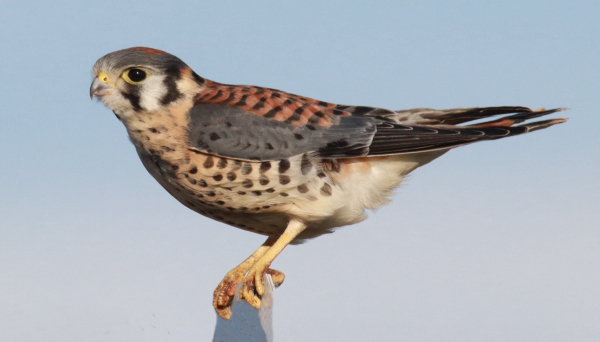 Another mini-falcon, a male American Kestrel was 1 of 6 observed in the area last week. 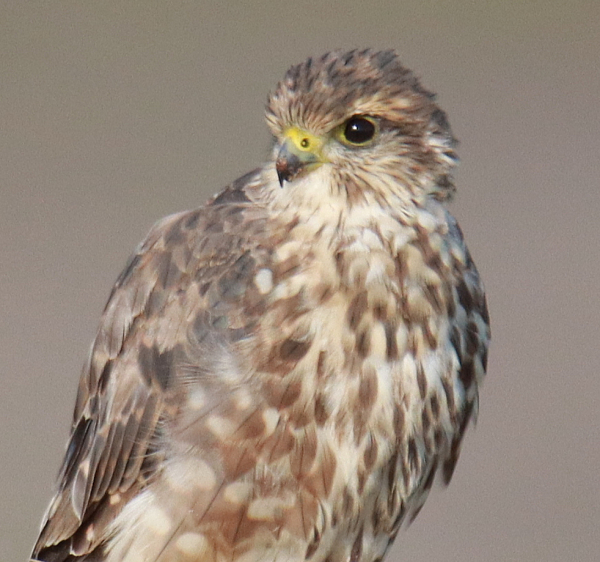 This was migrating Merlin sighting number 7 for August, many more than usual. Most Merlins make brief migration stops in this area during late September, so this could be a banner year for observations of the small falcons. 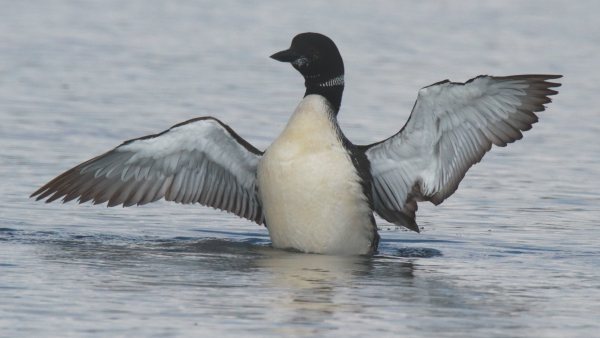 It was a special thrill to get back on the water in Minnesota lakes country, where Common Loons provided a number of interesting surprises. 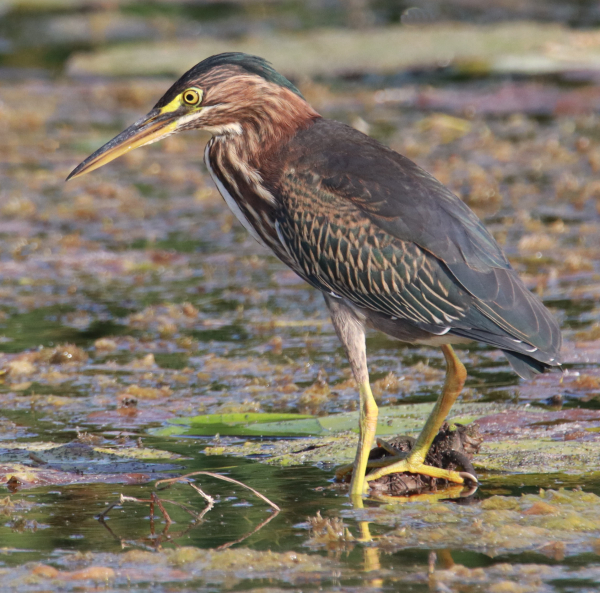 Aside from the loons, favorite of Andy
|
